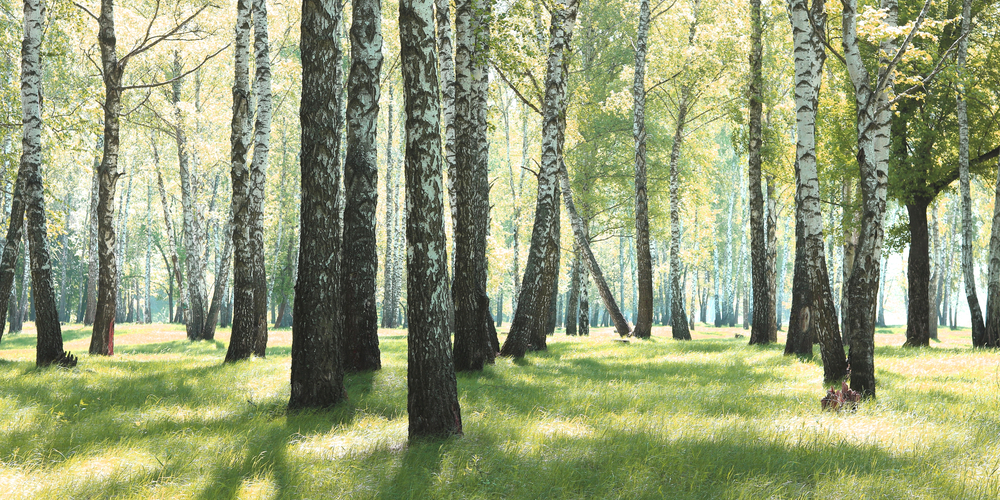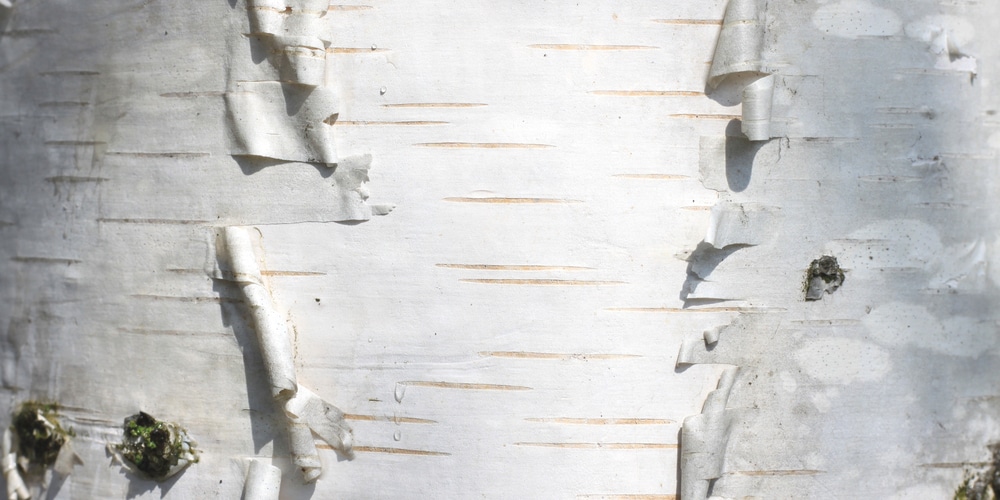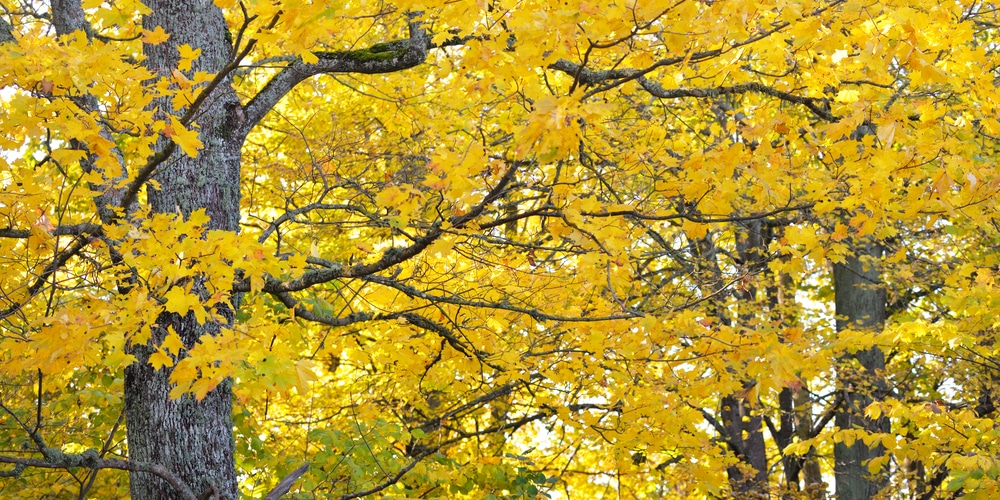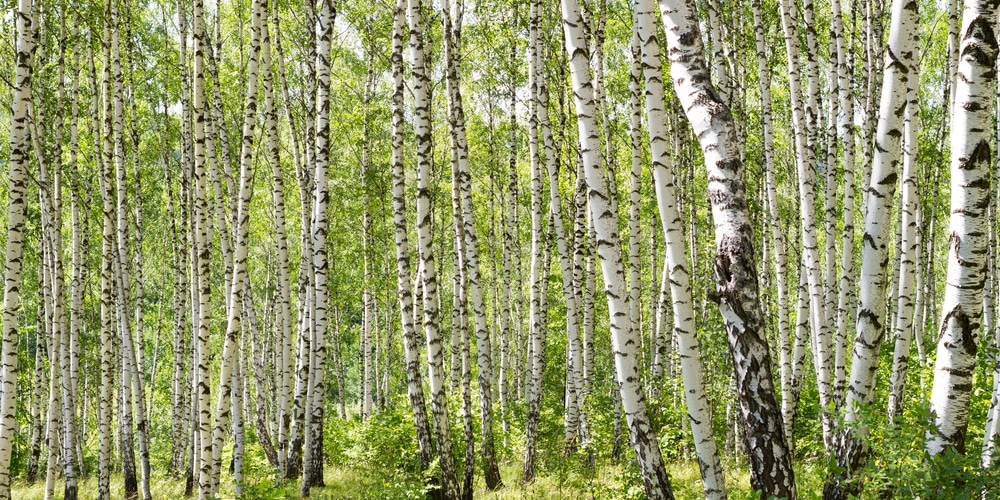Birch trees are stunning plants with unique-looking trunks and a delicate structure that make them beautiful, no matter the season. For instance, birches look stunning even in the winter, when most trees look bare and sad. Indeed, winter gives a different look to their exposed barks, which appear even more unique.
And if the word birch makes you think about white trunks with black horizontal lines, you might have to reconsider yourself. Indeed, there are several species of birch trees, each with different characteristics.
But are there birch trees in Pennsylvania? And which ones are native to this state? Keep reading this “Birch Trees PA” guide we put together for you to find answers to such questions.
Are There Birch Trees in PA?
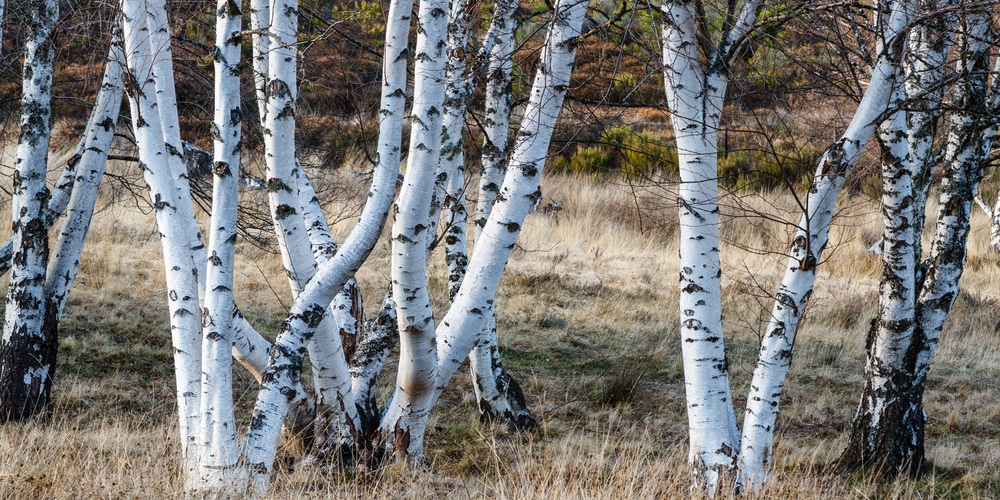
Let’s get things straight: most birch trees are native to North America. They thrive in the humid continental climate you’ll get in Pennsylvania. In particular, the black (or sweet) birch, the paper birch, the yellow birch, and the gray birch all originated from this state.
Keep in mind that these trees don’t have the longevity other plants such as the oak or the pine tree have.
You can expect them to live between 20 to 30 years. However, they are fast-grower and perfect if you want to get fast results in your yard.
Types of Birch Trees in PA
Black Birch
The black birch takes its name from its dark-colored bark, which resembles mahogany. Its deep green and dense foliage turn yellow in the fall. For many gardeners, the tree offers one of the best colors among birch species.
Naturally, black birch occurs on woodland slopes. These trees require little to no maintenance after being established and might attract wildlife such as songbirds, small mammals, and deer to your garden. Keep that in mind before planting one in your yard.
The tree performs best in locations that receive plenty of sunlight and under moist and well-draining soil. The plant will grow to heights between 40 and 70 feet: make sure you have enough space for it in your garden.
Paper Birch
Paper birch is probably the type of birch tree that first comes to mind when thinking about these plants. It makes for an elegant addition to any landscape, especially rural ones.
These trees are excellent shade plants. While that might comfort you (after all, you need some shade in your garden), it might limit the types of plants you can add around your paper birch. Luckily, there are plenty of options out there!
Paper birch trees can grow up to 60 feet tall and prefer cool climates, making them perfect for Pennsylvania. Plant them under the full sun in well-draining soils. Keep an eye on the insects that might visit these plants, as the trees are susceptible to attacks from pests.
Yellow Birch
If you want to add a tree to your garden to spice up your property with dramatic colors all year round, you must consider the yellow birch. Like many birches, these trees produce blossoms during the spring that transform into catkins in early summer.
Its foliage turns golden yellow during the fall, and its bark peels, creating a stunning effect. As you may expect, yellow birches’ bark is yellow. However, it will shift to a deep reddish-brown as the plant matures.
Compared to most birches, the yellow birch has a relatively long life span: it can live as long as 50 to 100 years. You can expect it to reach 70 feet in height and to shed plenty of shade. Plant it in well-draining and fertile soils for best results.
Gray Birch
The gray birch is a multi-stemmed tree with a delicate structure and, as you might imagine, silvery gray bark. The plant resembles, in many aspects, the European White Birch.
However, it doesn’t peel its bark. Still, its aesthetic appearance and stunning colors make it the perfect statement tree to beauty to your garden regardless of the season.
This tree isn’t particularly fussy about its growing conditions and will adapt to various soils, except those with high pH levels. It will grow about 70 feet tall under the ideal conditions, so ensure you can accommodate this plant in your garden if you want to add it to your landscape.
Gray birch also serves as food to several species of butterflies. You can expect your garden to attract plenty of beneficial pollinators during the spring and the summer, contributing to a more beautiful yard. They even look great in the winter.
Related Article: PA Shade Plants
